Learn how to dodge common pitfalls and transform your compact living area into a stylish, functional, and cozy haven with smart design choices and creative solutions.
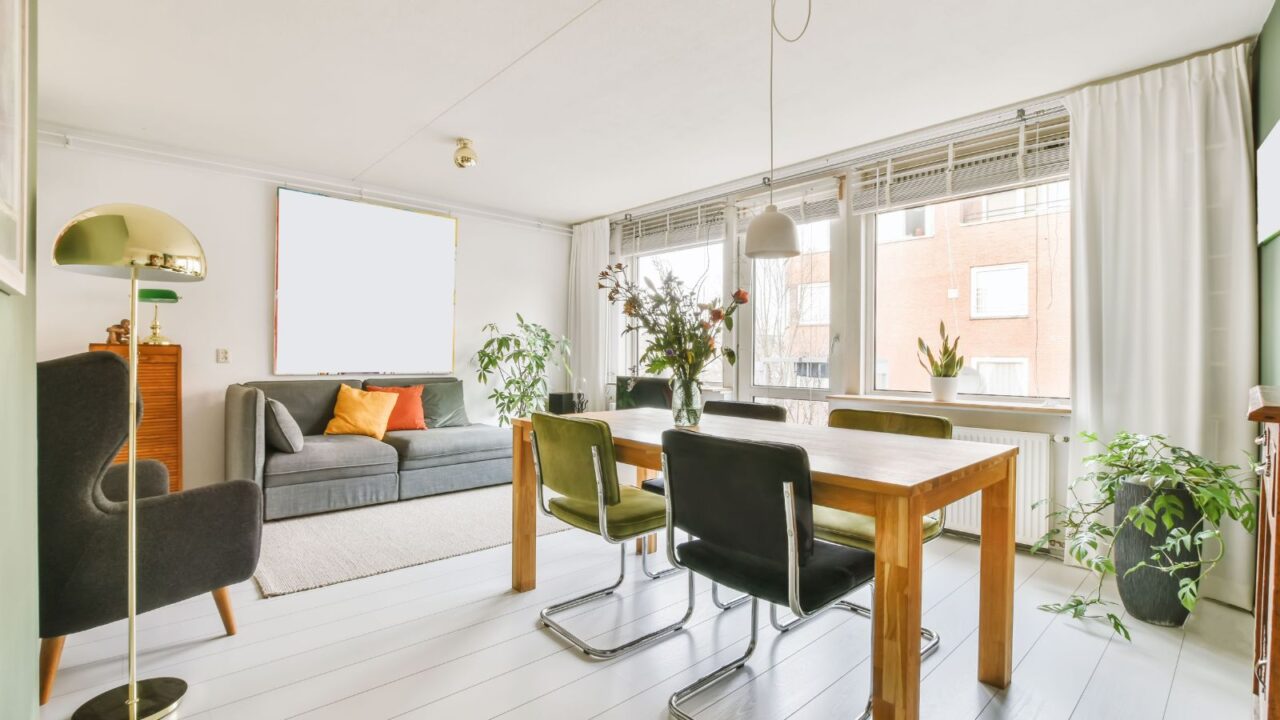
Welcome to Cozy
Have you ever felt like your small space is playing a game of Tetris with your furniture? Don’t worry—I’ve got your back.
Today, we’re diving into the biggest mistakes people make when decorating small spaces and how to avoid them. From clutter catastrophes to lighting blunders, we’ll turn your tiny haven into a functional, stylish masterpiece.
Ready to unlock the secrets? Let’s get started.
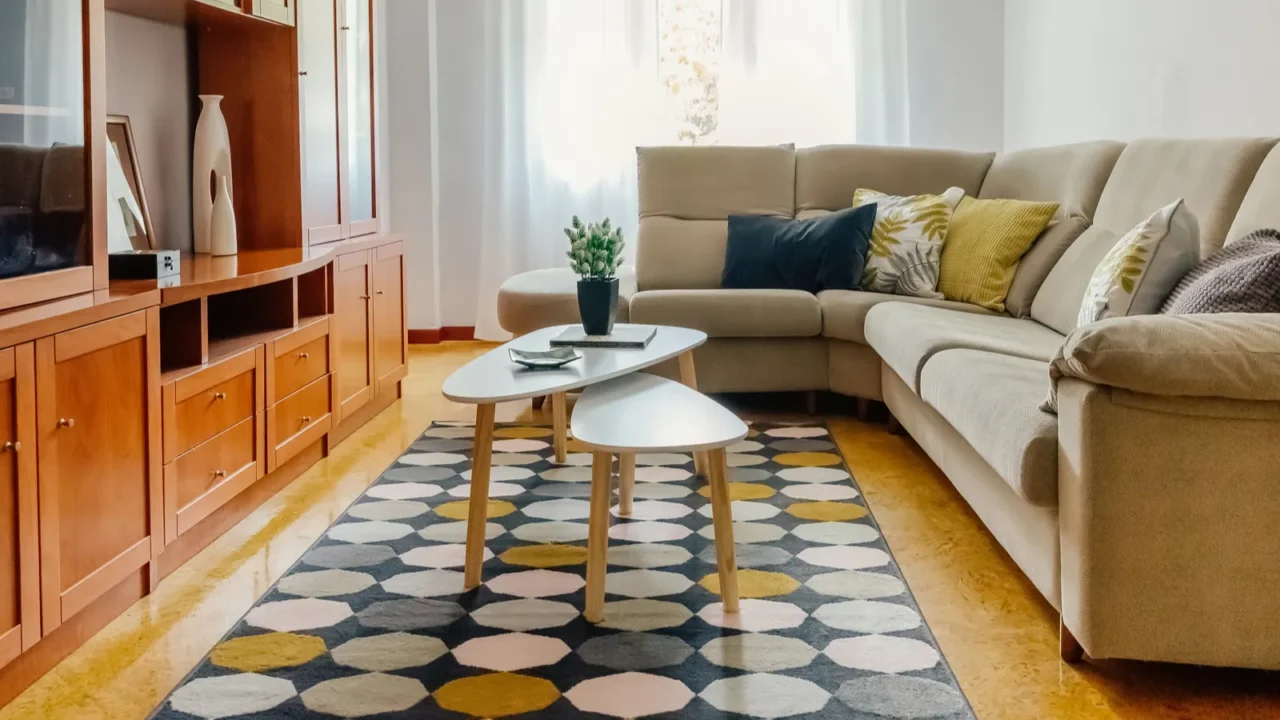
Overcrowding Chaos
The biggest mistake? Stuffing your space like a Thanksgiving turkey. Overcrowding makes rooms feel cramped and chaotic.
Instead, focus on multi-functional furniture like a sofa bed or nesting tables. Keep pathways clear and leave breathing room between pieces.
Remember, less is more—curate your decor to highlight what you love, not everything you own. Your space will thank you.
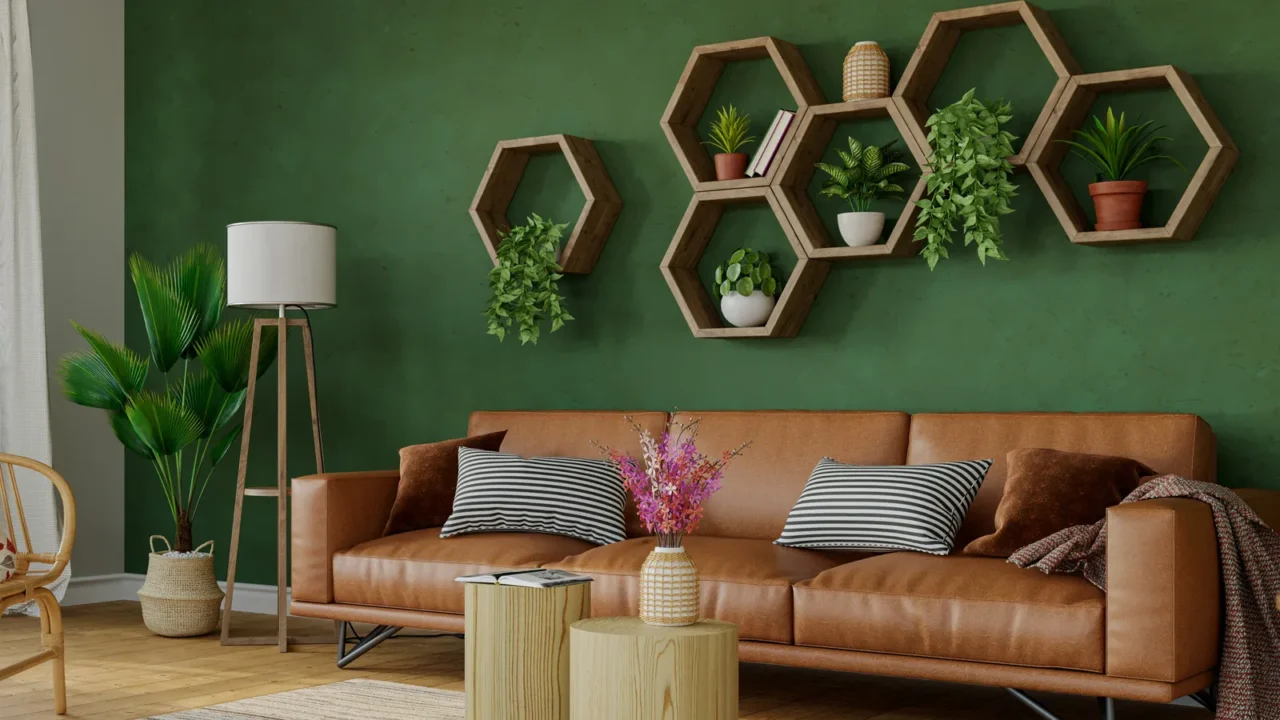
Ignoring Vertical Space
Walls are your secret weapon. Ignoring vertical space is like leaving money on the table. Use tall shelves, hanging plants, or wall-mounted storage to free up floor space.
Even artwork placed higher up draws the eye upward, creating the illusion of height. Don’t let your walls sit idle—turn them into functional art.
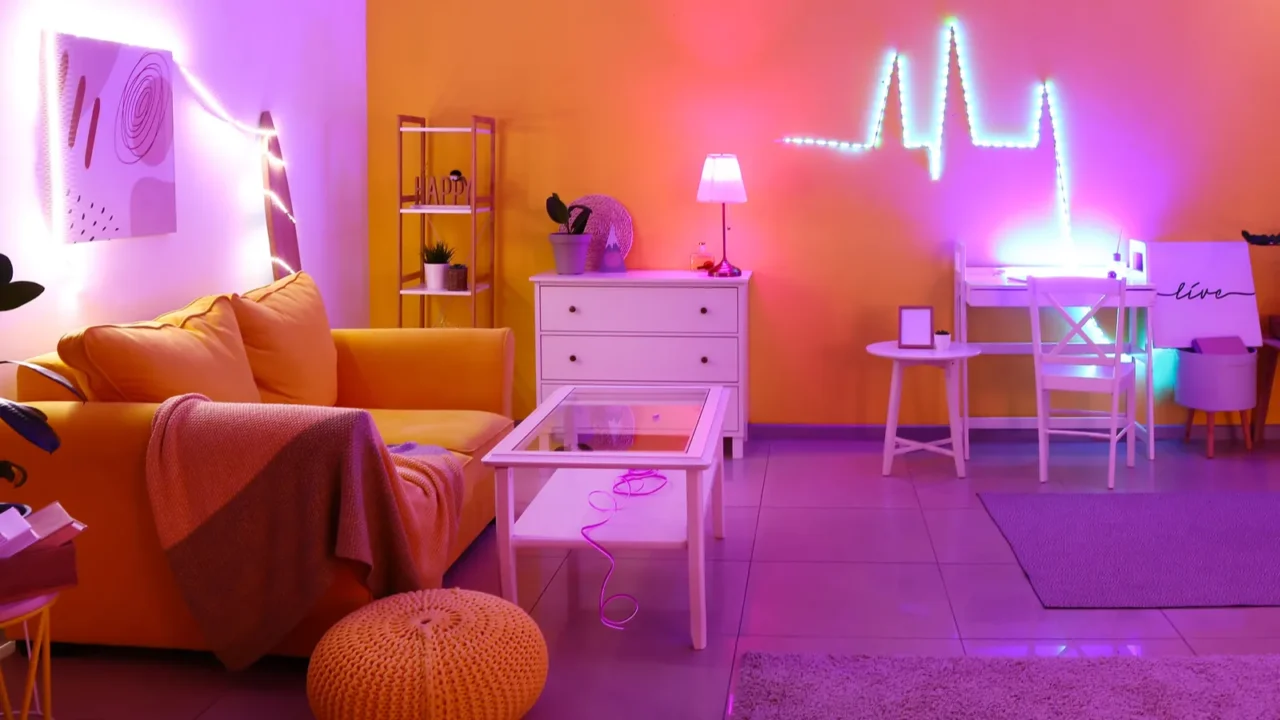
Poor Lighting Choices
Dim lighting equals dungeon vibes. Avoid relying on a single overhead light. Layer your lighting with floor lamps, table lamps, and even LED strips to create depth and warmth.
Pro tip: Use mirrors to reflect light and brighten dark corners. Good lighting can make a small space feel airy and inviting—don’t let poor choices dim your style.
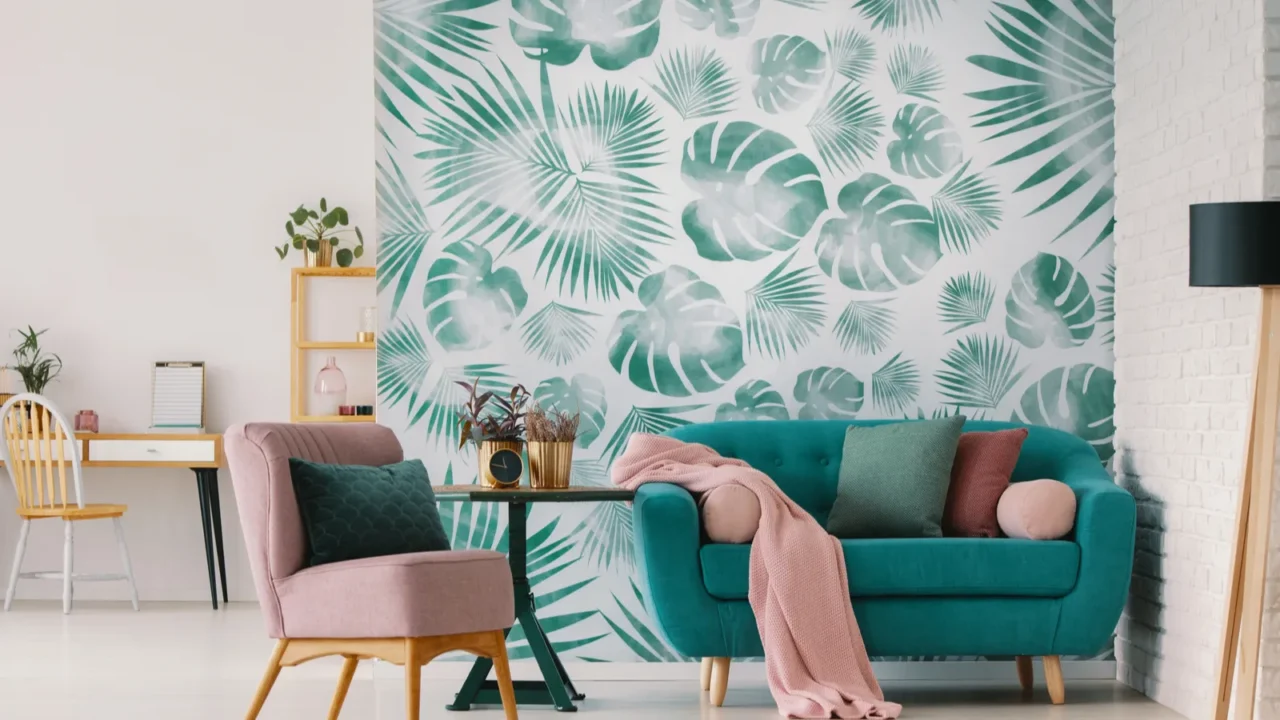
Oversized Furniture Fails
That giant sectional might look dreamy in the showroom, but in a small space? It’s a nightmare. Opt for sleek, scaled-down furniture that fits your room’s proportions.
Think armless chairs, low-profile sofas, and glass-top tables. They keep the space open and functional. Remember, your furniture should complement your room, not compete with it.
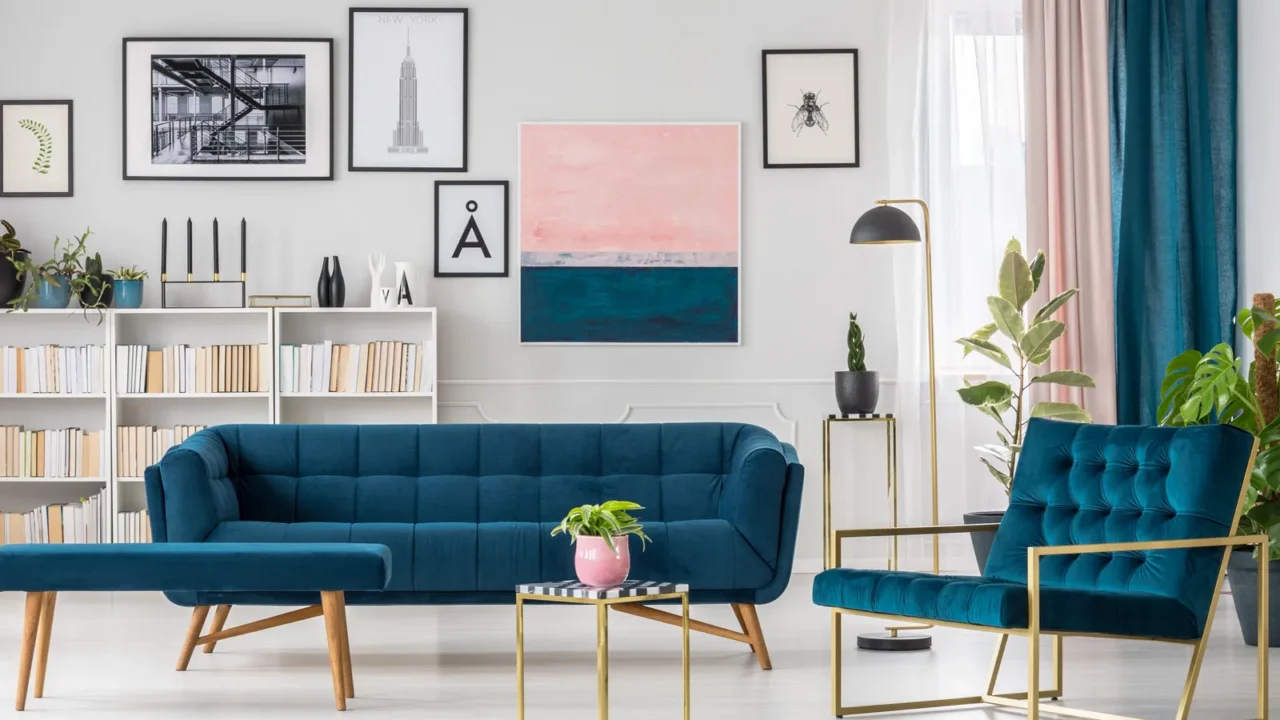
Monochrome Missteps
Sticking to one color can feel safe, but it can also make your space look flat and boring. Instead, play with a cohesive color palette that includes varying shades and textures.
Add pops of color through accessories like throw pillows, rugs, or artwork. This creates visual interest without overwhelming the room. Balance is key—don’t let monotony dull your decor.
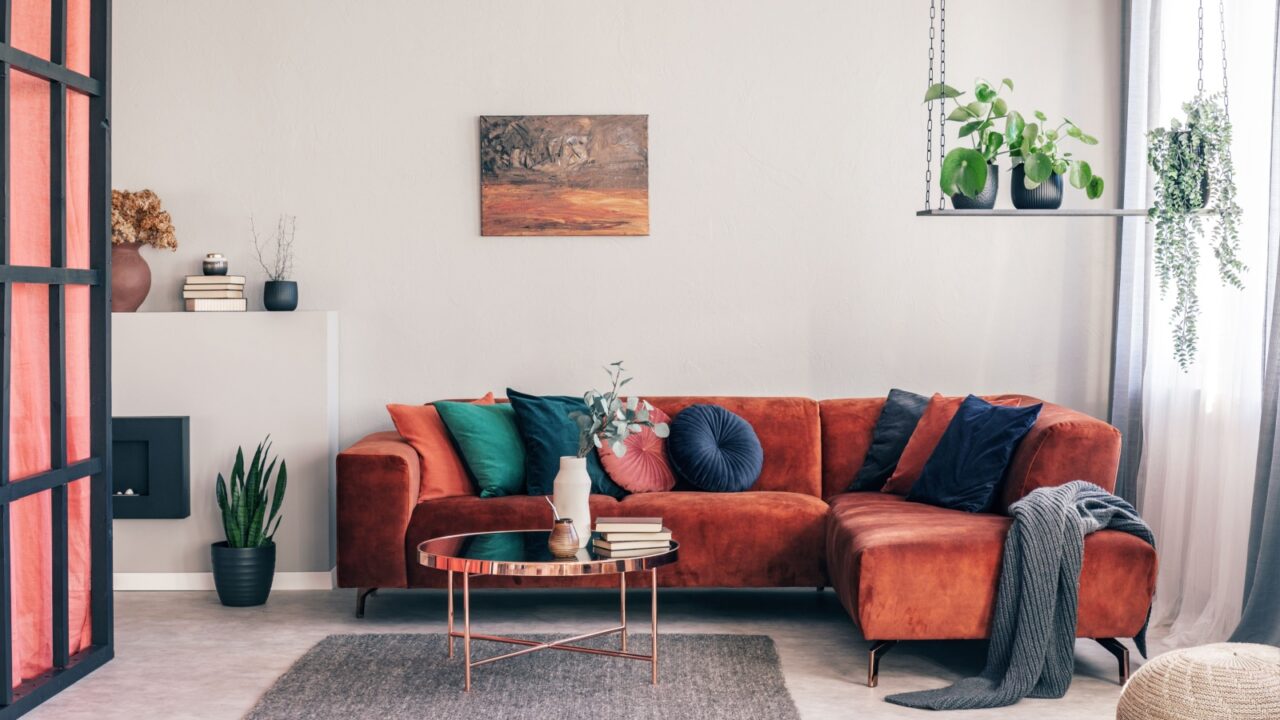
Wrong Rug Sizes
A tiny rug in a small room? Big mistake. Rugs that are too small make the space feel disjointed. Opt for a rug that fits your seating area, with all furniture legs resting on it.
This creates a cohesive look and anchors the room. The right rug size can make your space feel intentional and well-designed. Don’t skimp on this detail.
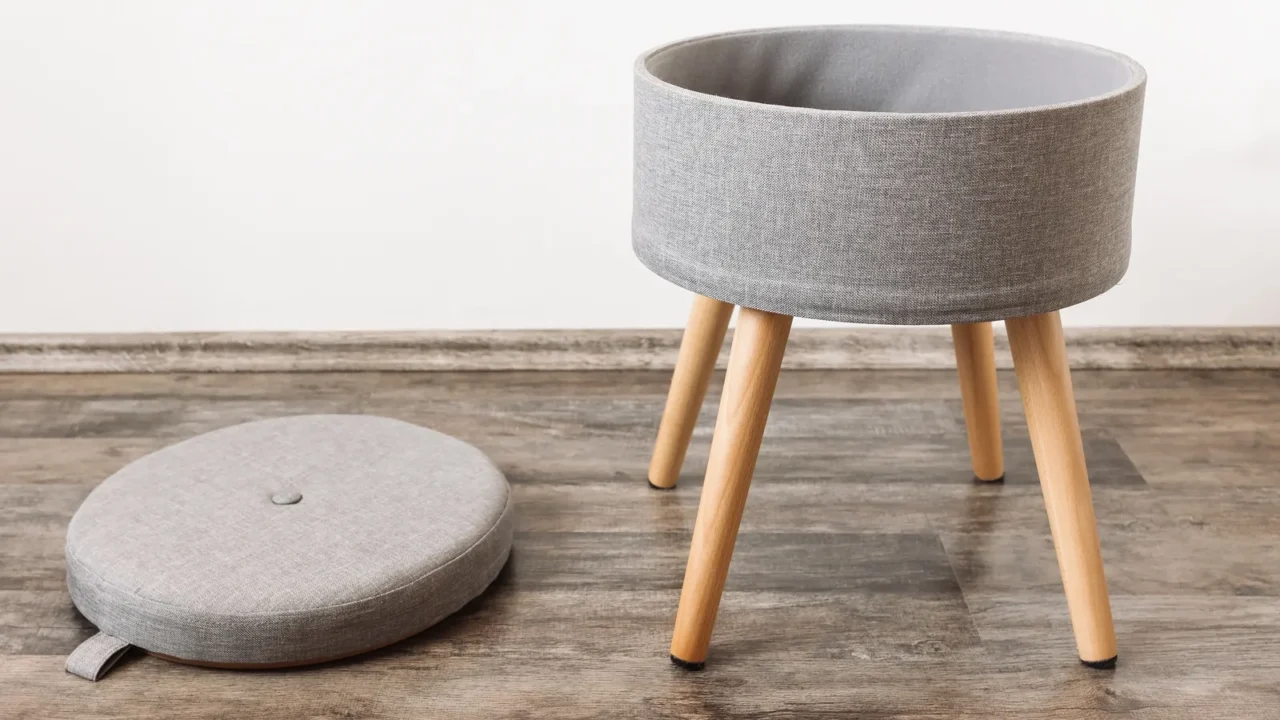
Overlooking Storage Solutions
Clutter is the enemy of small spaces, and poor storage only makes it worse. Invest in clever storage solutions like ottomans with hidden compartments, floating shelves, or under-bed drawers.
Use vertical space for storage to keep the floor clear. A well-organized room feels larger and more inviting. Remember, every item should have a home—no exceptions.
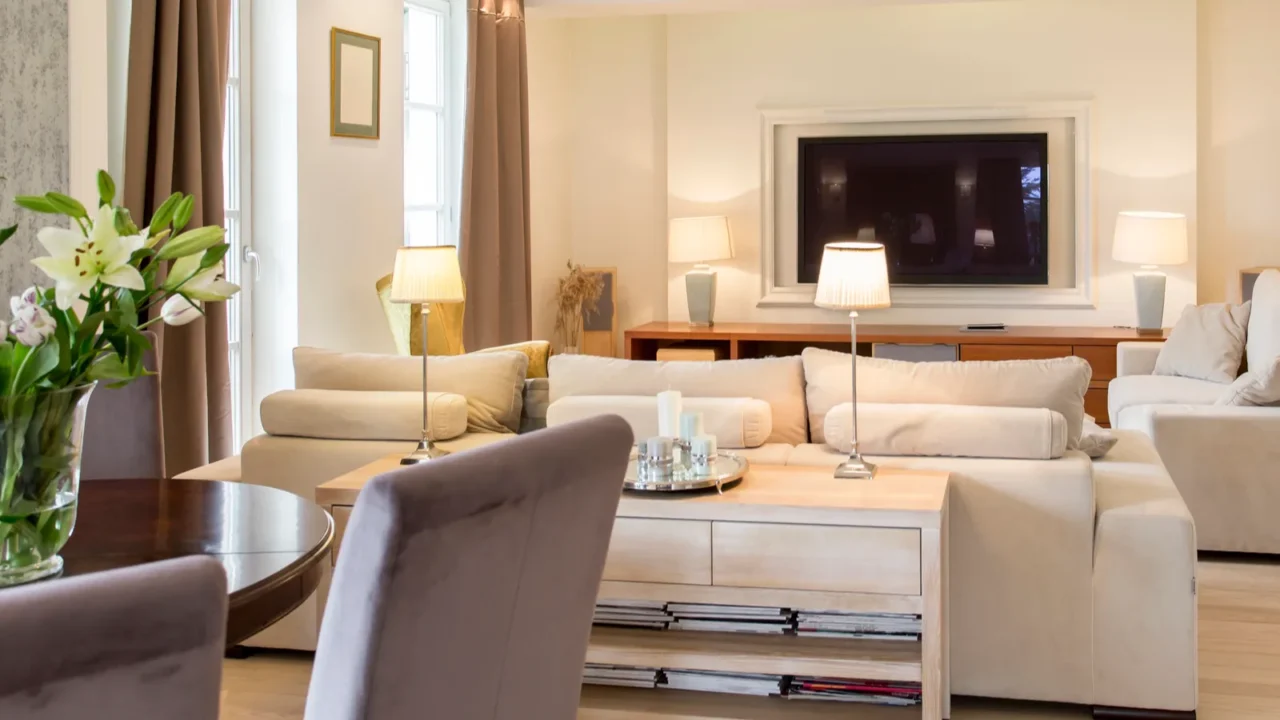
Forgetting Room Flow
A cramped room with no clear flow feels chaotic. Arrange furniture to create natural pathways and define zones for different activities.
For example, use a console table to separate a living area from a dining space. Good flow makes the room functional and easy to navigate.
Think of your space as a dance floor—everyone needs room to move.
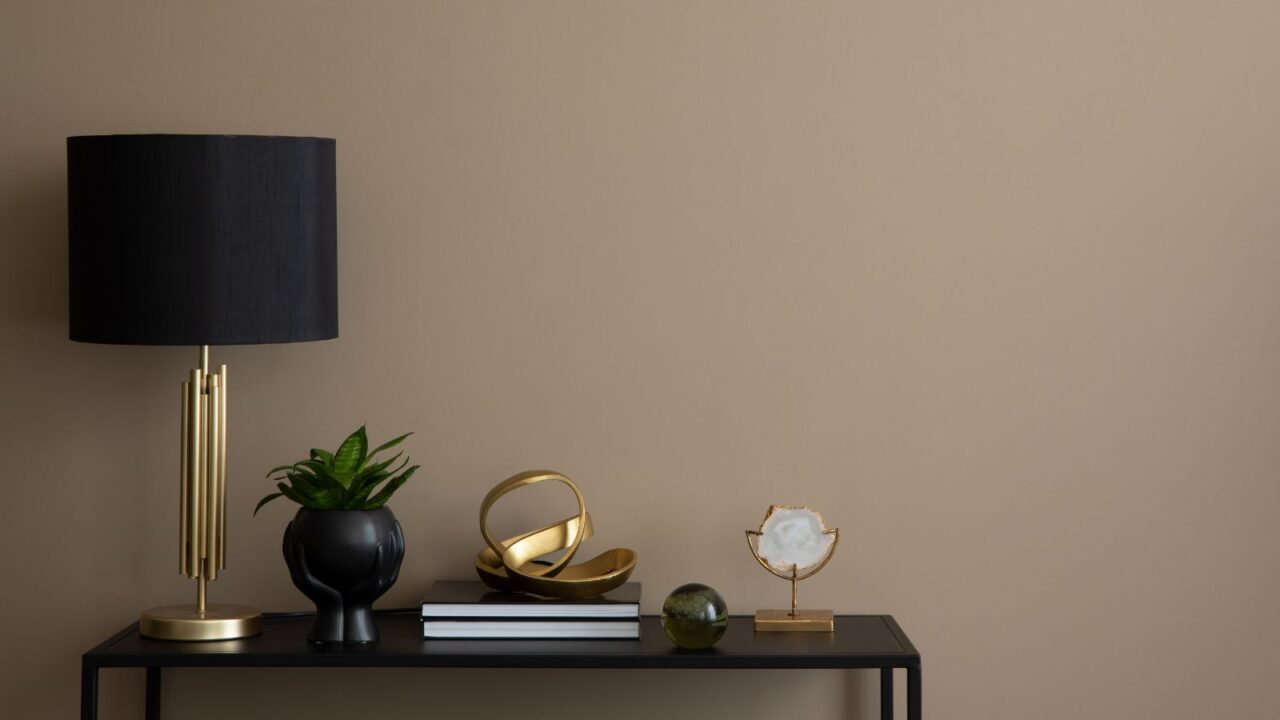
Over-Accessorizing Woes
Too many knick-knacks can turn your space into a cluttered mess. Instead, choose a few statement pieces that reflect your personality. Group smaller items together on a tray or shelf to keep them organized.
A curated approach to accessories makes your space feel intentional and stylish. Remember, your decor should tell a story, not shout it.
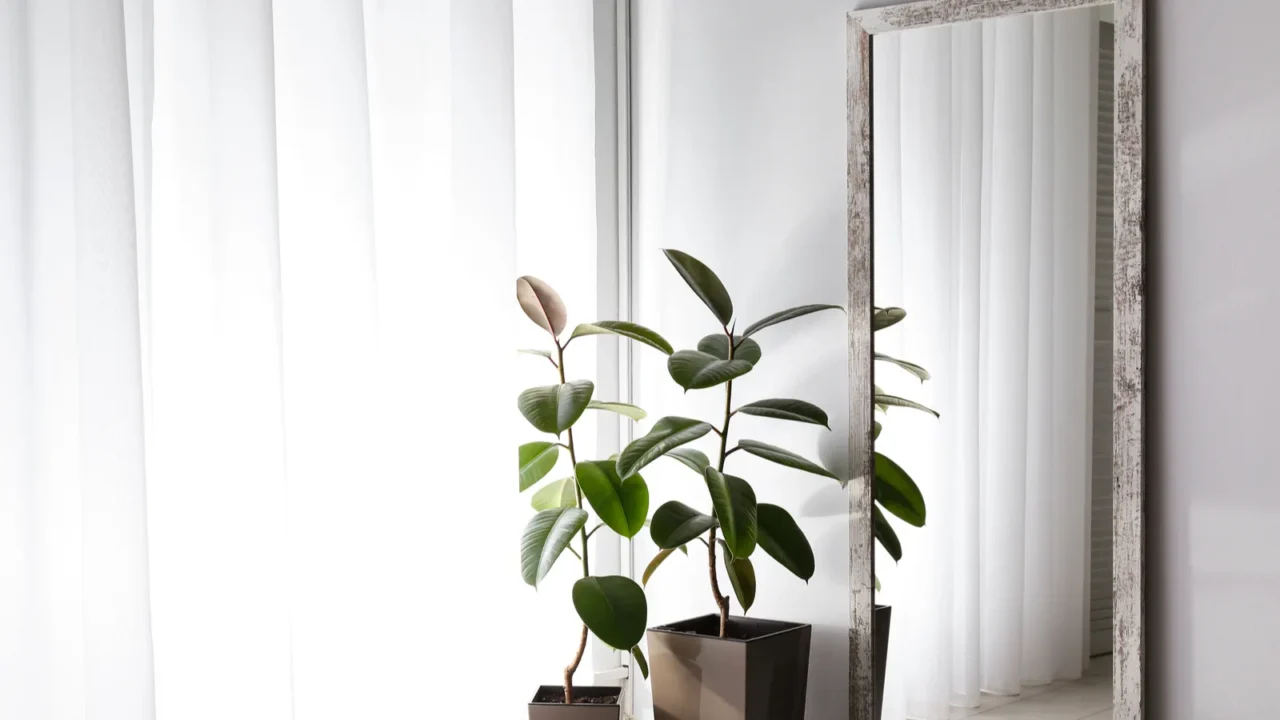
Skipping Mirrors
Mirrors are magic for small spaces—they reflect light and create the illusion of depth. Place a large mirror opposite a window to maximize natural light or use a statement mirror as a focal point.
Even a cluster of small mirrors can add visual interest. Don’t underestimate this simple trick—it’s a game-changer for making rooms feel bigger and brighter.
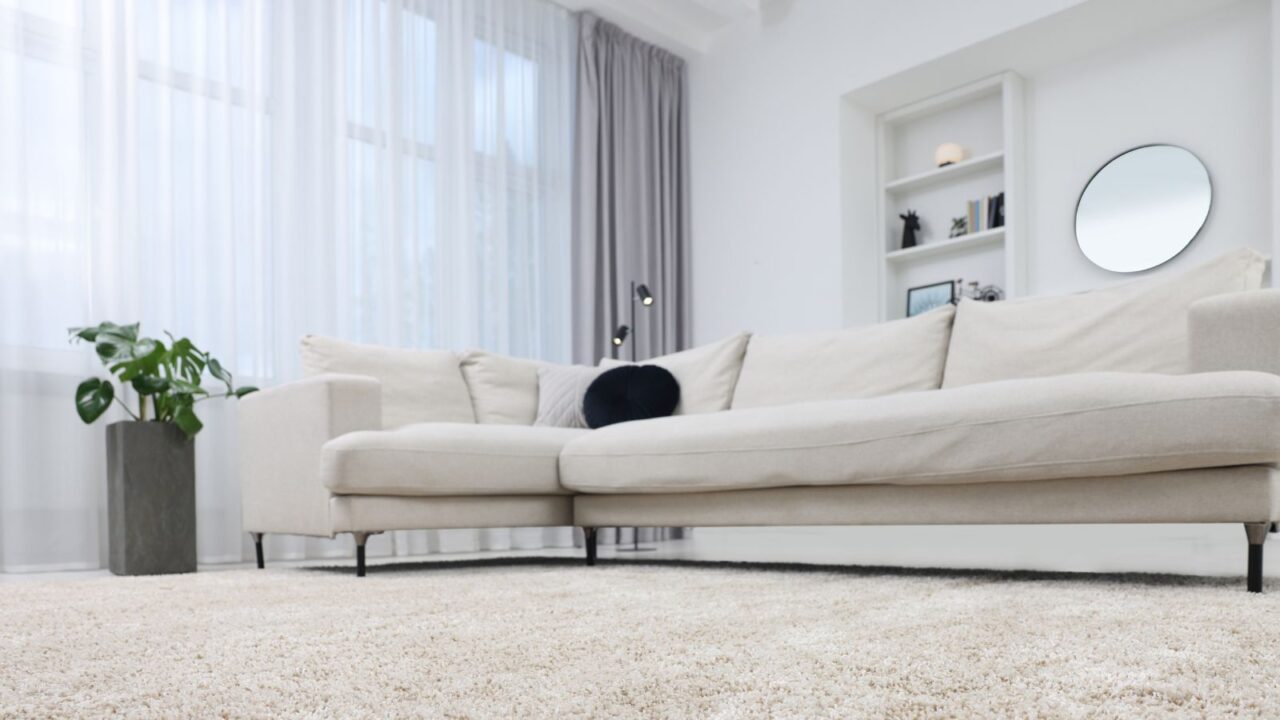
Heavy Curtains Blunder
Thick, floor-to-ceiling curtains can overwhelm a small space. Instead, opt for light, sheer fabrics that let in natural light and create an airy feel.
Hang curtains close to the ceiling to draw the eye upward and make the room appear taller. The right window treatment can transform your space—don’t let heavy fabrics weigh it down.
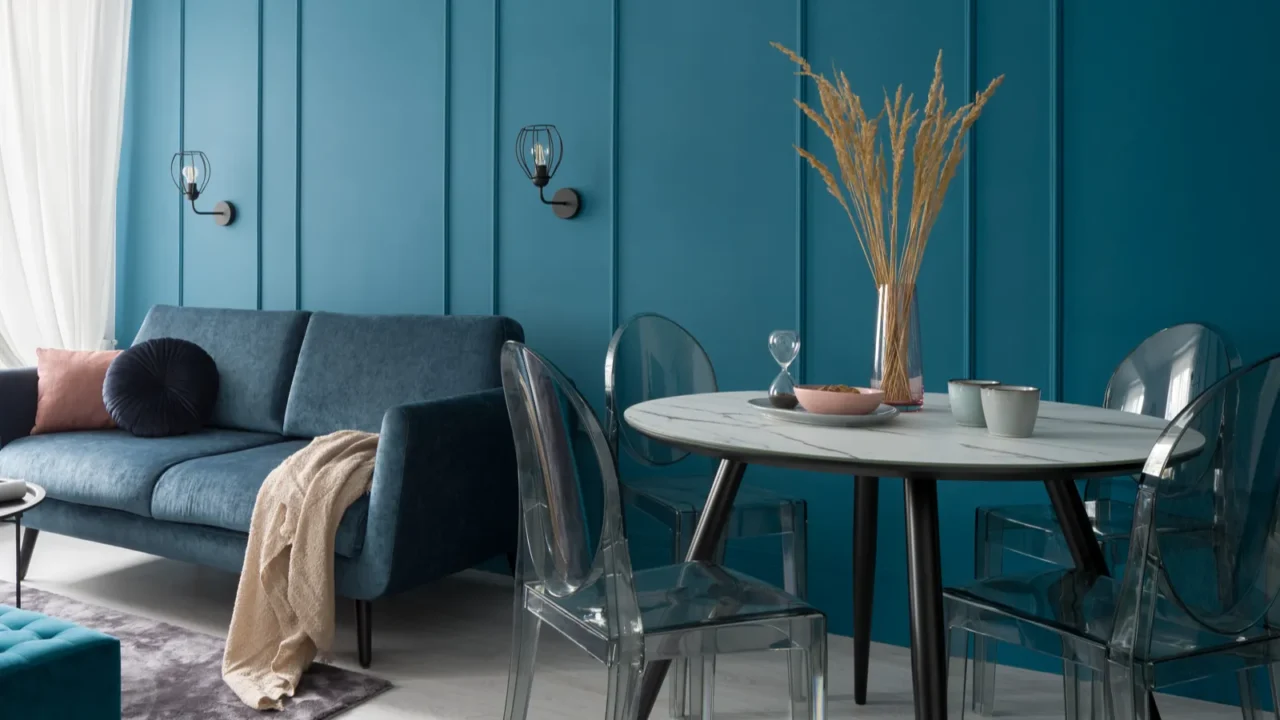
Ignoring Scale
A massive coffee table in a tiny living room? Not a good look. Always consider scale when choosing furniture. Smaller pieces with slim profiles work better in compact spaces.
For example, a round dining table takes up less visual space than a rectangular one. Proportion is everything—keep it balanced to maintain harmony in your decor.
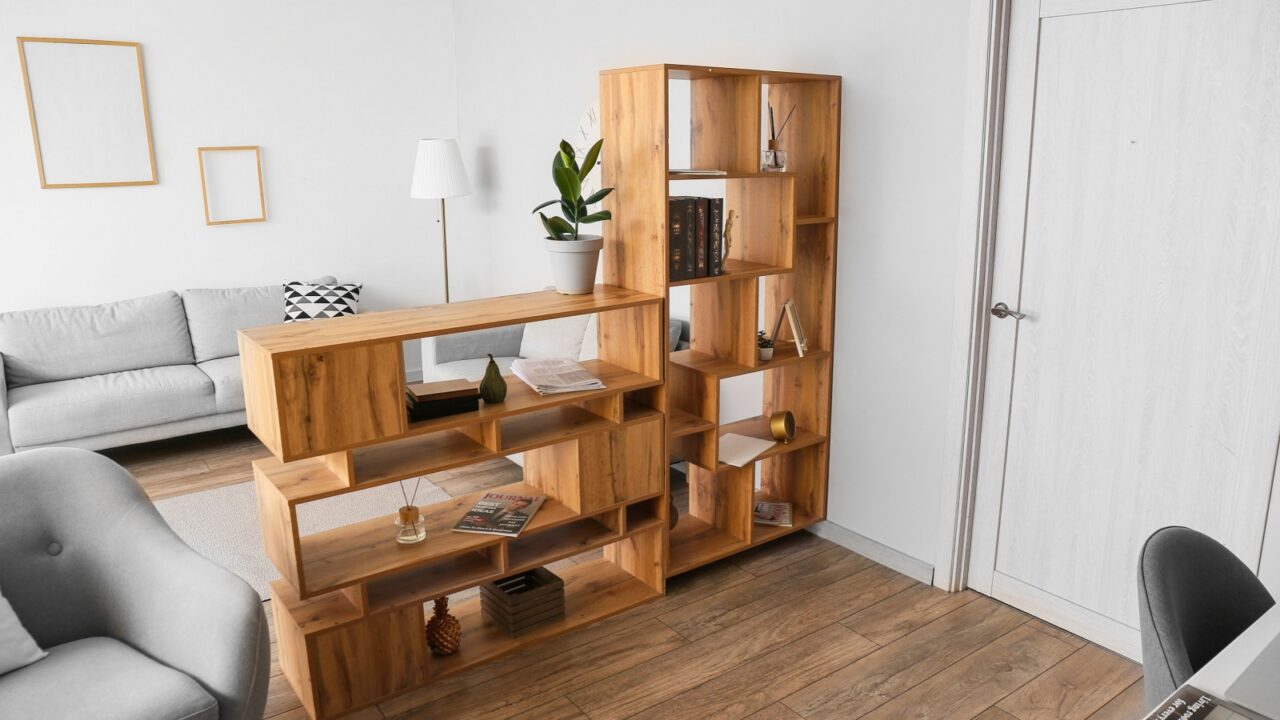
Overlooking Dual-Purpose Decor
Why settle for single-use items when you can have double-duty decor? Think foldable desks, storage benches, or even a bookshelf that doubles as a room divider.
Dual-purpose pieces save space and add functionality without sacrificing style. It’s like getting two for the price of one—smart, practical, and perfect for small spaces.
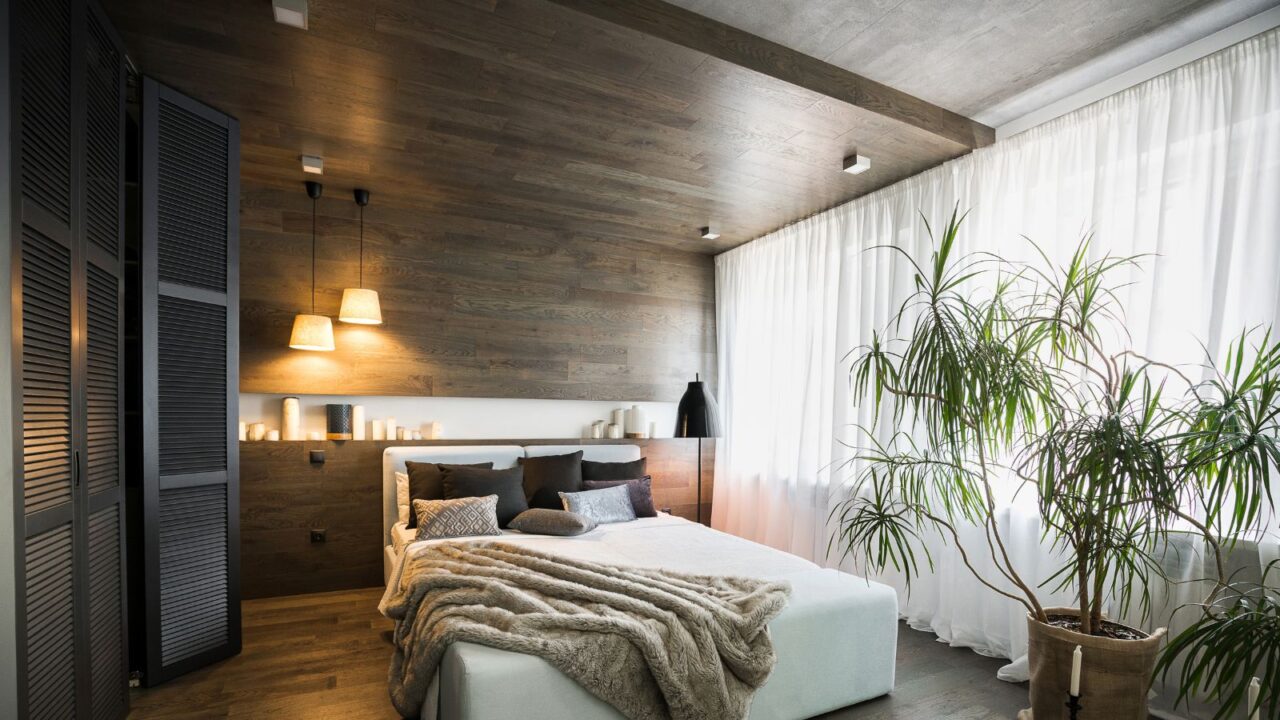
Overlooking Ceiling Potential
Don’t forget the fifth wall—your ceiling! A bold paint color, patterned wallpaper, or even a statement light fixture can draw the eye upward and add personality.
This often-overlooked space is a goldmine for creativity. Whether it’s a pop of color or a unique texture, your ceiling can be a secret weapon in small-space decorating.
Ready to transform your ceiling into a design masterpiece? Explore Statement Ceilings That Add Instant Drama for bold ideas to upgrade your space.
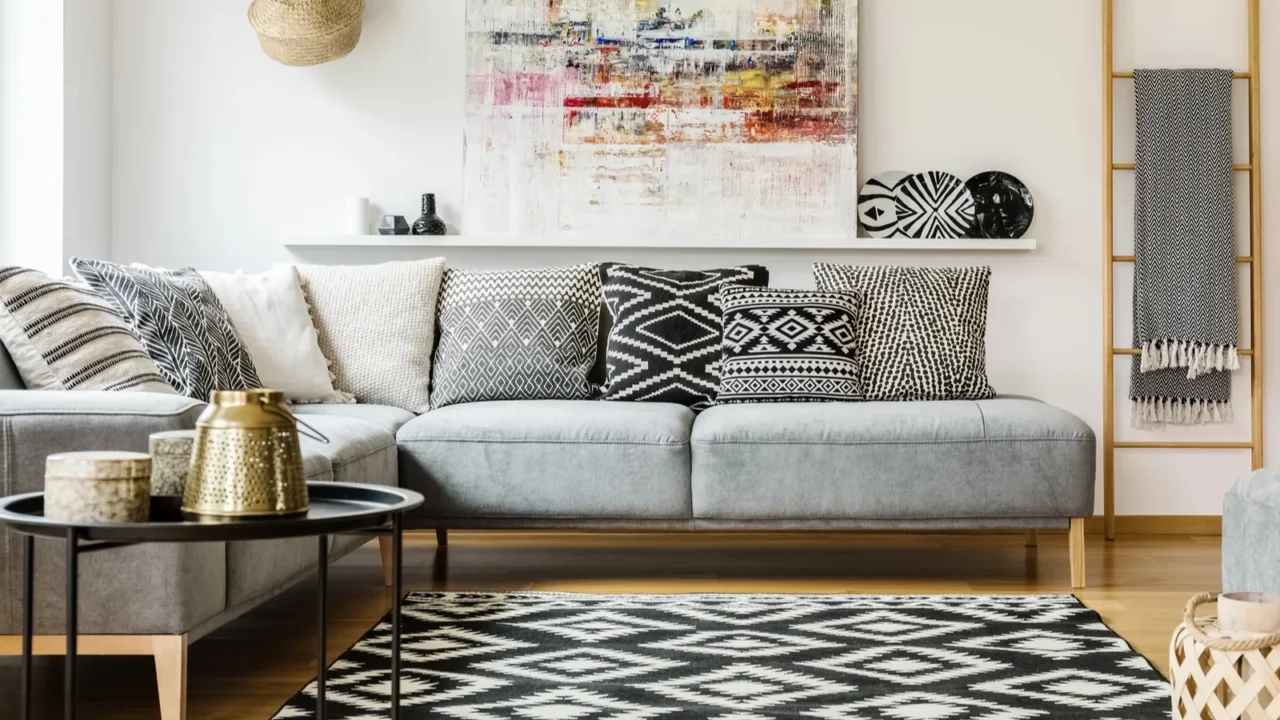
Clashing Patterns Overload
Too many patterns can make a small space feel chaotic and overwhelming. Stick to a cohesive theme by mixing one or two patterns with solid colors.
For example, pair a bold geometric rug with subtle striped pillows. This creates visual interest without the chaos. A well-balanced pattern game can upgrade your space—don’t let it turn into a circus.
If you’re looking to master the art of mixing patterns, you’ll love How to Blend Bold Patterns Like a Design Pro —it’s full of tips to create a stylish, harmonious space.
Which small-space decorating mistake do you think is the most common—or the hardest to avoid? Share your thoughts or experiences in the comments—I’d love to hear your take.
Read More from This Brand:
- Paint Colors to Make Your Small Apartment Feel Big
- Should You Sacrifice Style for Small Space? No.
- Small-Space Hacks You’ll Wish You Tried Sooner
Don’t forget to follow us for more exclusive content right here on MSN.